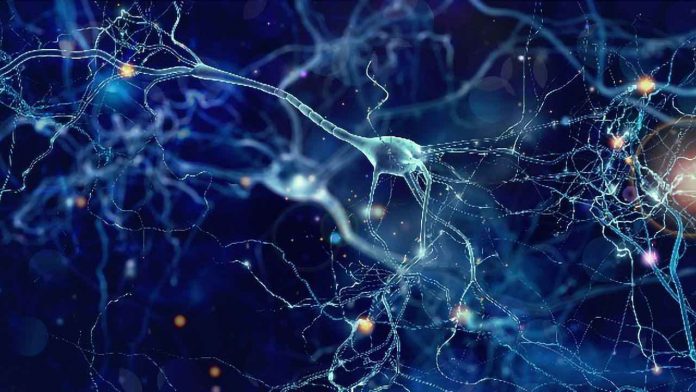Researchers at the University of North Carolina at Chapel Hill announced that they have discovered that neuronal dendrites, which are branch-like projections of neurons, are not merely passive relays that send information between neurons, but are actively involved in the processing of information, acting as mini-neural computers.
“Suddenly, it’s as if the processing power of the brain is much greater than we had originally thought,” said Spencer Smith, PhD, an assistant professor in the UNC School of Medicine and lead author of the study. “Imagine you’re reverse engineering a piece of alien technology, and what you thought was simple wiring turns out to be transistors that compute information. That’s what this finding is like. The implications are exciting to think about.”
It was already known from previous research using dissected brain tissue that dendrites have many of the same molecules present which are present in axons, the conventional place at which neurons generate electrical spikes. It was also known that dendrites can generate electrical spikes themselves, but this had not been observed in normal brain activity.
The experiments that demonstrated a more active role of dendrites began in the lab of senior author Michael Hausser at University College London, and were completed by Smith and Ikuko Smith, PhD, DVM at Chapel Hill. They used patch-clamp electrophysiology to attach a microscopic glass pipette electrode filled with a physiological solution to the dendrites of pyramidal neurons in the primary visual cortices of lightly anesthetized and awake mice. Once the pipette was attached, Smith’s team recorded electrical activity in the dendrites while the mice processed visual information from stimuli on a computer screen.
The researchers noticed electrical spikes in the dendrites which occurred selectively, depending on the visual stimulus. This indicated that the dendrites were involved in processing the visual information.
Smith’s team then filled the neurons with calcium dye, which produces an optical emission when an electrical spike occurs. The result of this procedure showed that dendrites had electrical spikes while axons did not, indicating that dendrites were engaging in local processing of information.
Study co-author Tiago Branco, PhD, created a biophysical and mathematical model of neurons and found that known mechanisms can support dendritic spikes, lending further credibility to the results.
“All the data pointed to the same conclusion,” Smith said. “The dendrites are not passive integrators of sensory-driven input; they seem to be a computational unit as well.”
The research team’s future plans are to explore the nature of the role of dendrites in brain circuitry, as well as their functionality in conditions like Timothy syndrome, a hereditary disease with neurological symptoms.








